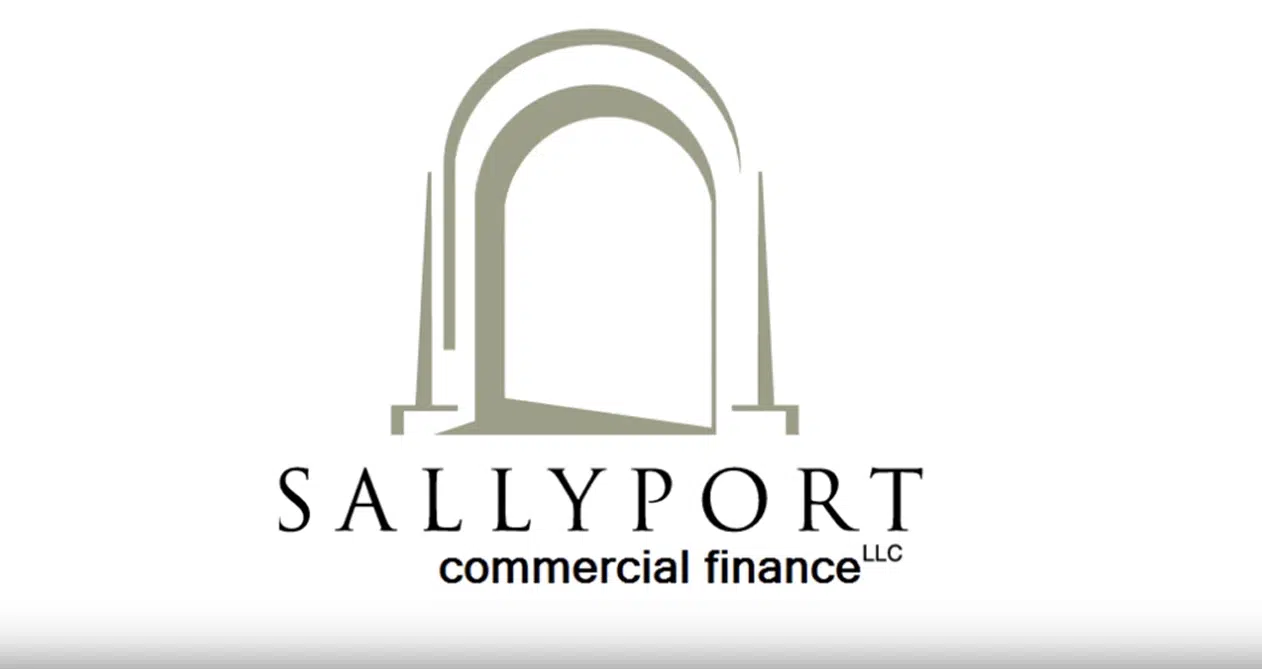Articles & Videos
Could Trade Credit Insurance Save Your Business?

Trade credit insurance or accounts receivable insurance is a type of corporate insurance policy within the Property and Casualty business insurance category that protects sellers against buyers that can’t or won’t pay for goods or services they have received.
If payments are delayed or not made at all, perhaps through default, insolvency or bankruptcy on the part of the buyer, then the insurer pays out an agreed percentage of the invoice amount. According to the International Credit Insurance and Surety Association, this usually falls between 75% and 95% depending on the industry and type of cover purchased.
Types of Cover
Coverage is flexible under this type of policy and allows a business to select from covering their entire client portfolio or selecting key accounts that may be of greater concern for bankruptcy or insolvency proceedings. Protecting all of your commercial debt against non-payment (also known as ‘Whole Turnover’) is the most popular policy type, but other variations include single buyer and transactional, covering transactions with a single customer or on a transaction-by-transaction basis respectively.
What are the Benefits?
The worldwide credit insurance market is set to grow by 8.6% by 2027 fueled primarily by the COVID-19 pandemic. This type of insurance has become more prominent in the minds of business owners looking to protect their interests during a period of continued global turbulence.
The biggest benefit to being insured is having the peace of mind that bad debts won’t result in business failure and unpaid receivables will be reimbursed quickly. There are also numerous growth opportunities that it enables either directly or indirectly.
- Enhanced competitiveness – knowing that you’re protected allows you to extend levels of credit to customers that your competitors aren’t able to match.
- Better decision making – understanding customer risk profiles in detail gives greater certainty in making business decisions.
- Expansion – you can confidently take on new clients or commit to larger orders for existing clients where you couldn’t before. You will also have the insight required into international clients, allowing informed decisions to be made on international expansion.
- Access to finance – having insurance that complements your business finance actually helps to build creditworthiness with financial providers, proves responsibility and gives access to appropriate credit to grow the business as and when you need it.
- Profitability – your customer base can be expanded responsibly and safely. Also, rather than keeping a bad debt reserve on your books, that capital can be released to fund growth activities.
- Improved Cash Flow – using credit insurance means using better business practices that naturally assist in improving the average time it takes to receive payment after a sale, keeping cash moving positively.
Bad Debt Insurance and High Customer Concentration
Having a high customer concentration puts your business at a higher risk from loss of revenue due to bad debt. Customer concentration is essentially a measure of how your revenue is distributed among your customer base and companies with a high concentration rate will have fewer, sizable clients that comprise the lion’s share of their total revenue.
Euler Hermes, one of the bigger trade credit insurance providers, determines a business to have a high customer concentration ratio if they have a single customer that accounts for 20% or more of revenue. Certain industries are more inclined to have a high customer concentration rate than others and whilst this generally allows for greater levels of customer service and reduced overheads, it also exposes the organization to a level of risk that proves disastrous in the event of losing your biggest client.
Risks of High Customer Concentration
- Irreversible Loss
Losing a customer that accounts for much of your business can impact revenue and cash flow to the point of no return. Particularly at this point in time, where the level of economic stability is such an unknown, it’s sensible to try and spread your risk and take steps to protect your business from all eventualities.
- Difficulties in Diversification and Growth
Your biggest customers can tend to monopolize your time and resources away from building relationships with smaller clients and prevent you from identifying opportunities to diversify product ranges or enter new geographical markets which can mitigate the risks of high concentration in the longer term.
- Devaluation of The Company
When financial institutions or potential buyers in an acquisition scenario appraise a company, a high concentration rate will be viewed unfavorably. More often than not, the higher the risk, the less a bank will be willing to lend and a purchaser be willing to pay for a business given the negative effect a higher customer concentration has on a company’s EBITDA (earnings before interest, taxes, depreciation and amortization).
- Downward Pressures
Once a customer becomes aware that they are the biggest share of your business, you can get into a situation of who needs who more? They may start trying to leverage their position in exerting pressure on you to reduce their pricing, extend better terms to them or agree to other inequitable terms of business. The concern here is that cash flow and profit starts to take a downward tumble
Adopt a risk management approach
To coin the old phrase, prevention really is better than cure when it comes to any kind of risk. Obviously the best strategy is to try and always protect your business up-front by being aware of your customer concentration rate, diligently identifying risks associated with taking on a new big client and then closely monitoring as the relationship develops. Even then, in the midst of the unpredictability that’s plagued businesses for over a year, it’s sometimes difficult to predict a precarious situation with a debtor.
Trade or credit insurance can offer a flexible way to protect the future capital and cash flow of your business but it needs to be a consideration whilst the business is in good shape. Don’t put off investigating your options until you’ve got a credit problem, otherwise you may find that the risk becomes too much for insurers to bear and furthermore, your credit options by this point have also become severely limited.
For advice at any time on your business finance or cash flow concerns, please reach out to discuss your options. We’re always more than happy to have a no obligation chat.
Search
News
$1M Funding Fuels Agri-Business Growth Across Borders
Sallyport is pleased to announce a new partnership with a Canadian agriculture business, providing a $1,000,000 Accounts Receivable facility to…
Read MoreFueling EdTech Growth with $5.5M in Tailored Financing
Sallyport is excited to support a forward-thinking education technology company with a $5.5M combined Asset-Based Lending facility, including Accounts Receivable…
Read MoreArticles
Understanding Accounts Receivable Turnover Ratio for Business
Accounts receivable turnover ratio, also known as debtor turnover ratio, is an accounting measure used to calculate how efficient a…
Read MoreFears Grow Over Unprecedented Canadian Rail Shutdown
It’s not the news that business leaders were hoping for but the failure of negotiations last night marks the start…
Read MoreVideos
American Business Women’s Day
Sallyport Commercial Finance Celebrates American Business Women’s Day
View Now



